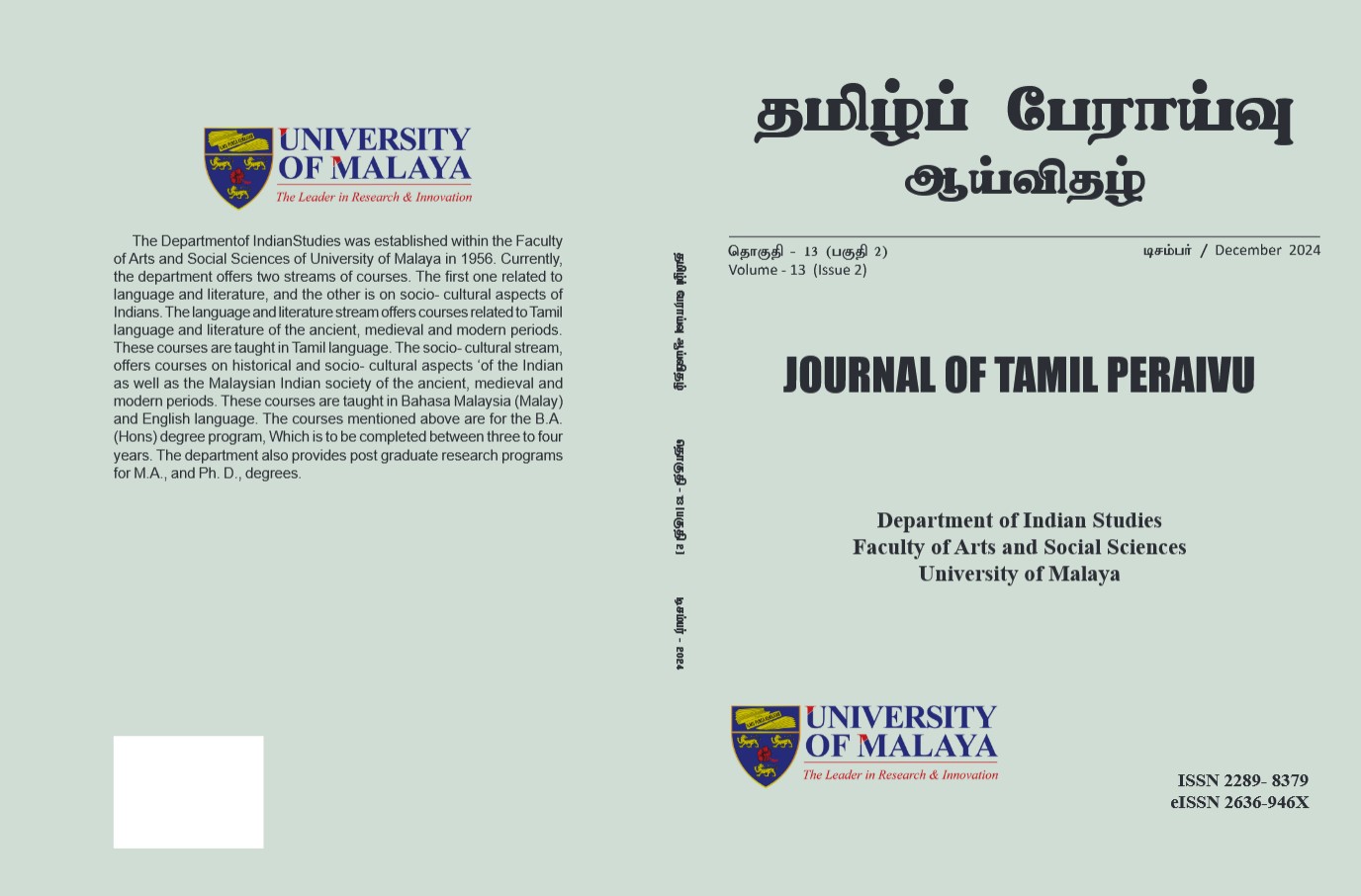மேற்கின் அறிவுப் பாரம்பரியத்தில் 'ஸீரா நபவீய்யா': ஒரு வரலாற்றுக் கண்ணோட்டம்
‘Prophetic Biography (Sirah)’ in the Western Scholarship: A Historical Analysis
Keywords:
Prophetic Sirah, West, Western Scholarship, Islam, Historical AnalysisAbstract
It can be observed that the ‘Sirah Nabawiyya’, which describes the life history of the Prophet Muhammad (p.b.u.h),[1] has been continuously studied by many people in and outside the Islamic world after his death. The main reason for this is the Prophet’s central role in Islam. Muslims focused on writing the ‘Sirah Nabawiyya’ to protect the Prophet (p.b.u.h) and to present his role models to the world. From the beginning, the West studied his life to oppose and criticize him and to defend Christianity. At the same time, the Islamic world in the East loves the Prophet (p.b.u.h) and tries to protect and spread his history, while the Western world criticizes him. However, it cannot be denied that righteous and honest historians have emerged amidst this historical phenomenon in the West. In this way, this article aims to explain in chronological order how the history of the Prophetic Sirah emerged in the intellectual tradition of the West against the background of reasons such as opposition, ignorance, hostility, selfishness, and bias and has developed based on neutral and honest research. For this, library-based research articles and authentic books have been handled as primary sources. In addition, this study has been carried out using a few important writings printed in the West in each period as samples. This study attempts to establish how the history of the Prophetic Sirah, which arose with hatred in the West, has undergone different evolutions over time and has been developed neutrally and impartially.



